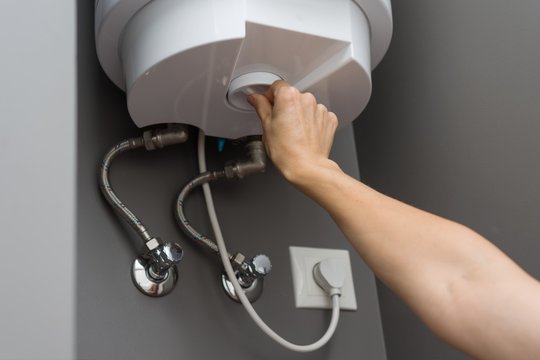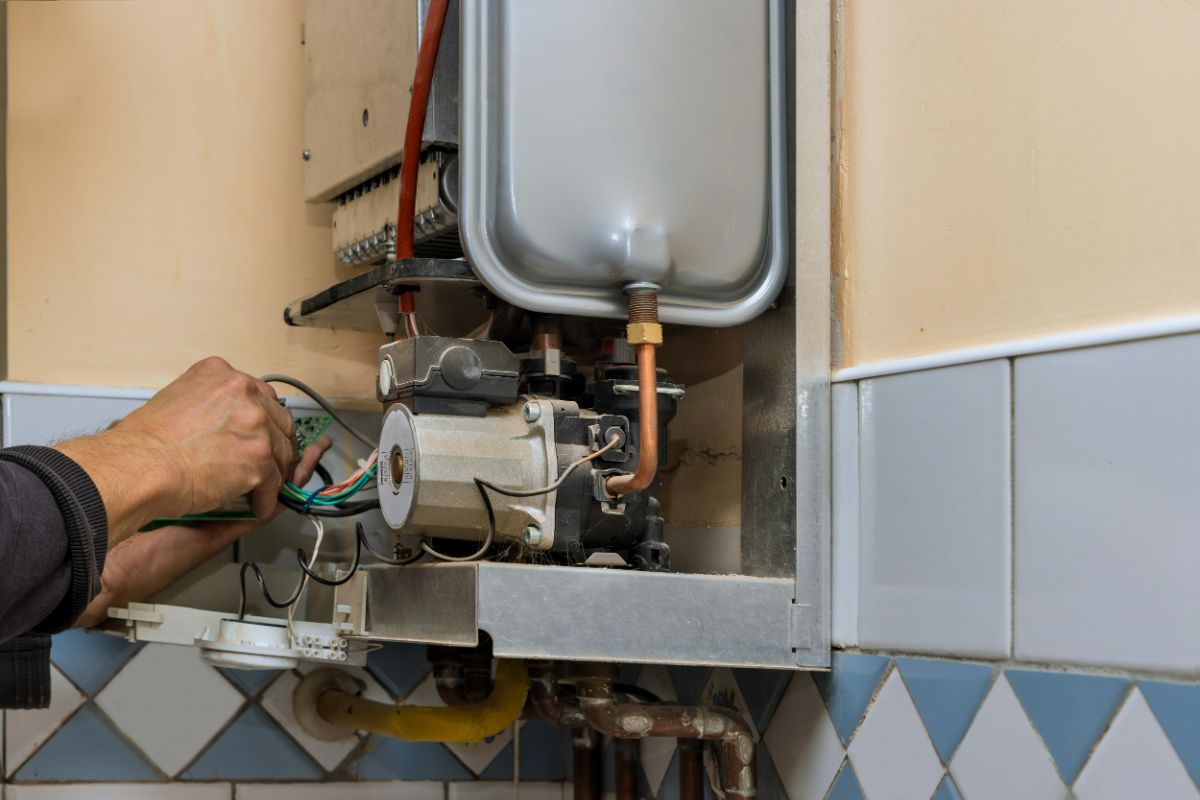How do you actually feel with regards to How to Maintain a Hot Water Heater in a Few Simple Steps?

Hot water is necessary for day-to-day convenience, whether it's for a revitalizing shower or washing meals. To ensure your warm water system runs efficiently and lasts longer, routine upkeep is vital. This article gives practical ideas and insights on exactly how to preserve your home's warm water system to stay clear of disruptions and costly repair work.
Introduction
Keeping your home's warm water system may seem overwhelming, but with a few simple steps, you can guarantee it runs efficiently for years to come. This guide covers everything from understanding your hot water system to do it yourself upkeep ideas and understanding when to call specialist aid.
Relevance of Maintaining Your Hot Water System
Regular maintenance not only expands the life-span of your warm water system yet likewise ensures it runs successfully. Disregarding upkeep can bring about lowered effectiveness, higher power expenses, and even premature failure of the system.
Indicators Your Warm Water System Requirements Maintenance
Recognizing when your warm water system needs attention can prevent significant concerns. Watch out for indications such as inconsistent water temperature, unusual noises from the heating system, or corroded water.
Flushing the Water Heater
Flushing your water heater gets rid of debris accumulation, improving performance and lengthening its life.
Checking and Replacing Anode Rods
Anode rods protect against rust inside the tank. Inspecting and changing them when worn out is crucial.
Complicated Concerns Requiring Expert Help
Instances include significant leaks, electrical troubles, or if your water heater is constantly underperforming.
Routine Specialist Upkeep Advantages
Specialist maintenance can consist of complete evaluations, tune-ups, and making sure compliance with safety and security requirements.
Evaluating and Changing Temperature Settings
Adjusting the temperature setups ensures ideal performance and safety and security.
DIY Tips for Upkeep
You can carry out several upkeep jobs yourself to keep your hot water system in leading problem.
Checking for Leakages
On a regular basis inspect pipelines and connections for leakages, as these can lead to water damage and higher costs.
Understanding Your Hot Water System
Prior to diving right into maintenance tasks, it's helpful to comprehend the fundamental components of your hot water system. Generally, this includes the water heater itself, pipes, anode rods, and temperature level controls.
Monthly Maintenance Tasks
Routine regular monthly checks can assist capture minor issues prior to they escalate.
Testing Pressure Alleviation Valves
Checking the pressure safety valve ensures it works properly and prevents too much stress build-up.
Shielding Pipes
Insulating warm water pipelines lowers warmth loss and can conserve power.
When to Call a Professional
While DIY upkeep is beneficial, some concerns require specialist experience.
Final thought
Normal maintenance of your home's warm water system is vital for efficiency, longevity, and price savings. By adhering to these tips and knowing when to seek specialist assistance, you can ensure a trustworthy supply of warm water without unforeseen disruptions.
How to Maintain an Instant Hot Water Heater
Before tinkering with your hot water heater, make sure that it’s not powered on. You also have to turn off the main circuit breaker and shut off the main gas line to prevent accidents. Also turn off the water valves connected to your unit to prevent water from flowing into and out of the appliance. 2. When you’re done, you have to detach the purge valves’ caps. These look like the letter “T” and are situated on either side of the water valves. Doing so will release any pressure that has accumulated inside the valves while at the same time avoid hot water from shooting out and burning your skin. 3. When the purge valves’ caps are removed, you have to connect your hosing lines to the valves. Your unit should have come with three hoses but if it didn’t, you can purchase these things from any hardware or home repair shops. You can also get them from retail stores that sell water heating systems. Read the user’s manual and follow it to complete this task properly. When the hosing lines are connected, open the purge port’s valves. 4. You should never use harsh chemical cleaners or solutions when cleaning your unit. Make use of white vinegar instead. It should be undiluted and you’ll probably use about 2 gallons. 5. Now flush your water heater. This task should probably take about 40 minutes. We can’t give you specific directions for this because the procedure is carried out depending on the type, model and brand of your heater. With that being said, refer to the user’s manual. 6. When you’re done draining the unit, you have to turn off the purge port valves again. Remove the hosing lines that you earlier installed on each of the water valves. Put the valve caps (purge port) back in their respective places and be very careful so as not to damage the rubber discs that are found inside these caps. 7. Now that everything’s back in place, check your user’s manual again to find out how to reactivate your water heating system. 8. Once it is working, turn one of your hot water faucets on just to let air pass through the heater’s water supply pipes. Leave the tap on until water flows smoothly out of it. https://www.orrplumbing.com/blog/2014/september/how-to-maintain-an-instant-hot-water-heater/

As a keen reader on Water Heater Maintenance Tips You Can't Afford to Forget, I thought sharing that excerpt was a good thing. Liked our article? Please share it. Help others find it. We cherish reading our article about How to Maintain Your Water Heater & Prolong its Life.
Schedule Your Service